Subscribe our newsletter
Please Subscribe our news letter and get update.


Overview:
About Bipolar Disorder
Bipolar disorder, formerly known as manic depression, is a mental health condition characterized by extreme mood swings encompassing emotional highs (mania or hypomania) and lows (depression). These shifts impact various aspects of life including sleep, energy levels, judgment, behavior, and cognitive function.
Types of Bipolar Disorder:
Symptoms and Diagnosis:
Therapeutic Approaches:
Medications for Bipolar Disorder:
Other Treatment Options:
Conclusion
Advancements in bipolar disorder research, including genetics and neurobiology, lead to targeted therapies. Precision medicine tailors’ treatments, while digital health tools improve access. Emerging therapies offer alternatives, and preventive strategies focus on early intervention. Collaborative efforts promise better care and outcomes.
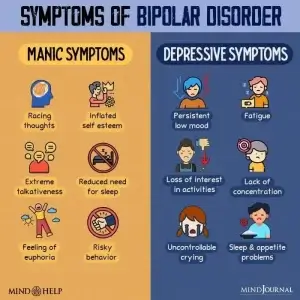 Figure 1 Symptom Bifurcation for Bipolar Disorder
Figure 1 Symptom Bifurcation for Bipolar Disorder
Source: >>
To maintain competitiveness in the Bipolar Disorder sector in the short to mid-long term, it is crucial to have a comprehensive understanding of the Bipolar Disorder developmental pipeline. This includes staying updated on the evolving landscape, competitor strategies, and upcoming advancements.
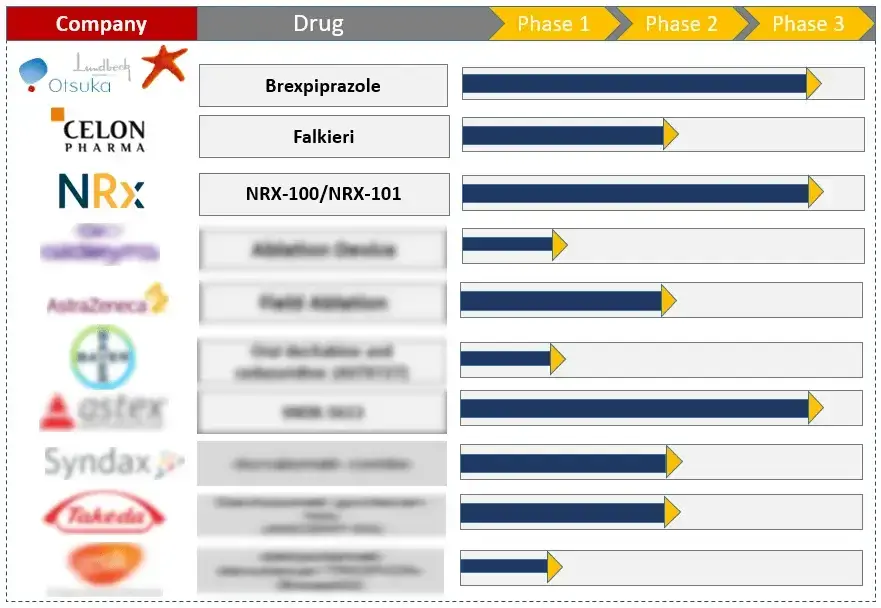 Figure 2 Development Pipeline in Bipolar Disorder domain
Figure 2 Development Pipeline in Bipolar Disorder domain
Profiles of key stakeholders driving Bipolar Disorder solutions provide valuable insights into their financial status, product portfolios, and recent innovations within the sector.
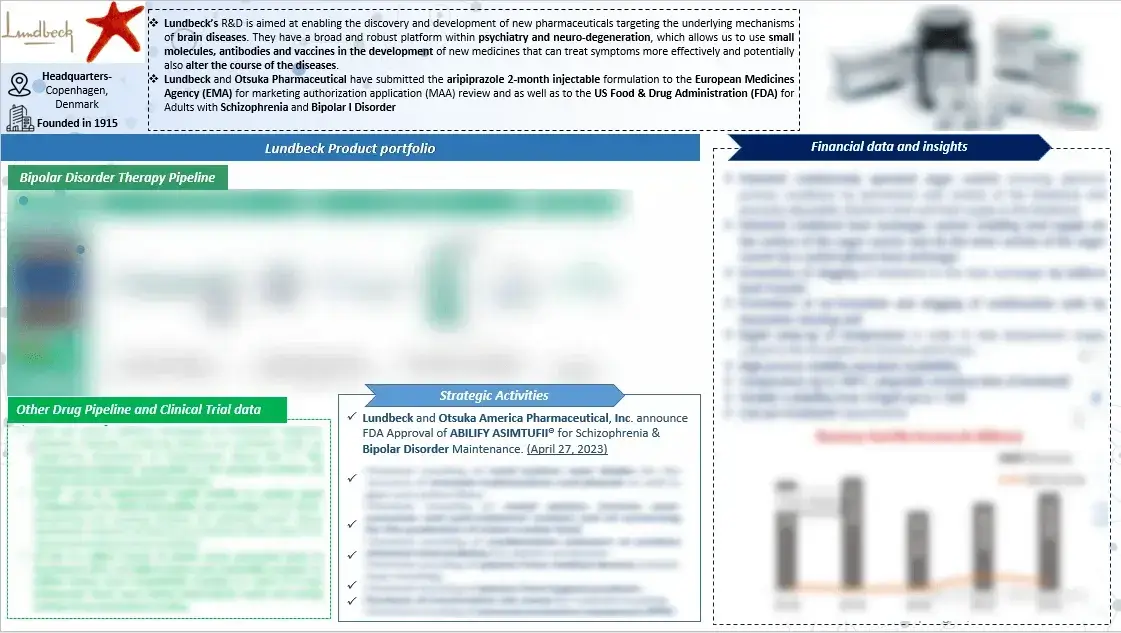
Figure 3 Key Players Portfolio
This report explores patents related to Bipolar Disorder, showcasing significant innovations and underscoring potential avenues for improvement or collaboration in the field.
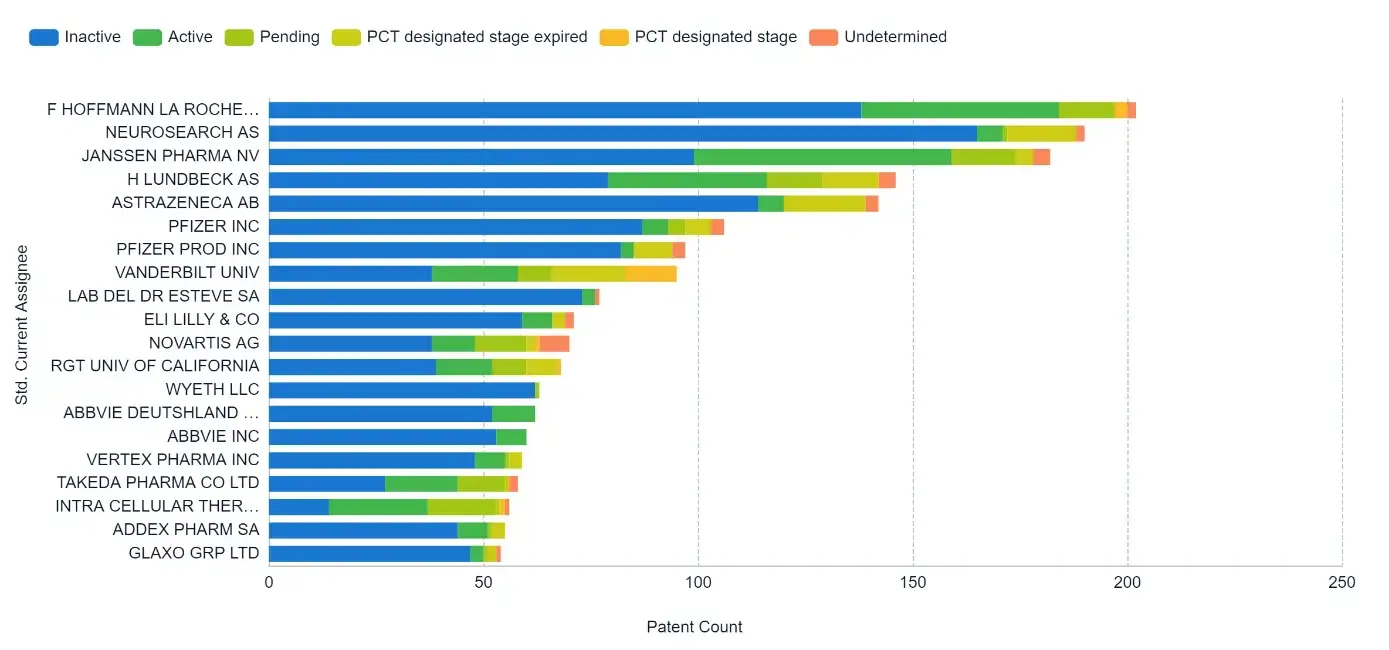
Figure 4 Patent analysis of Top 10 Assignees w.r.t to their Legal Status
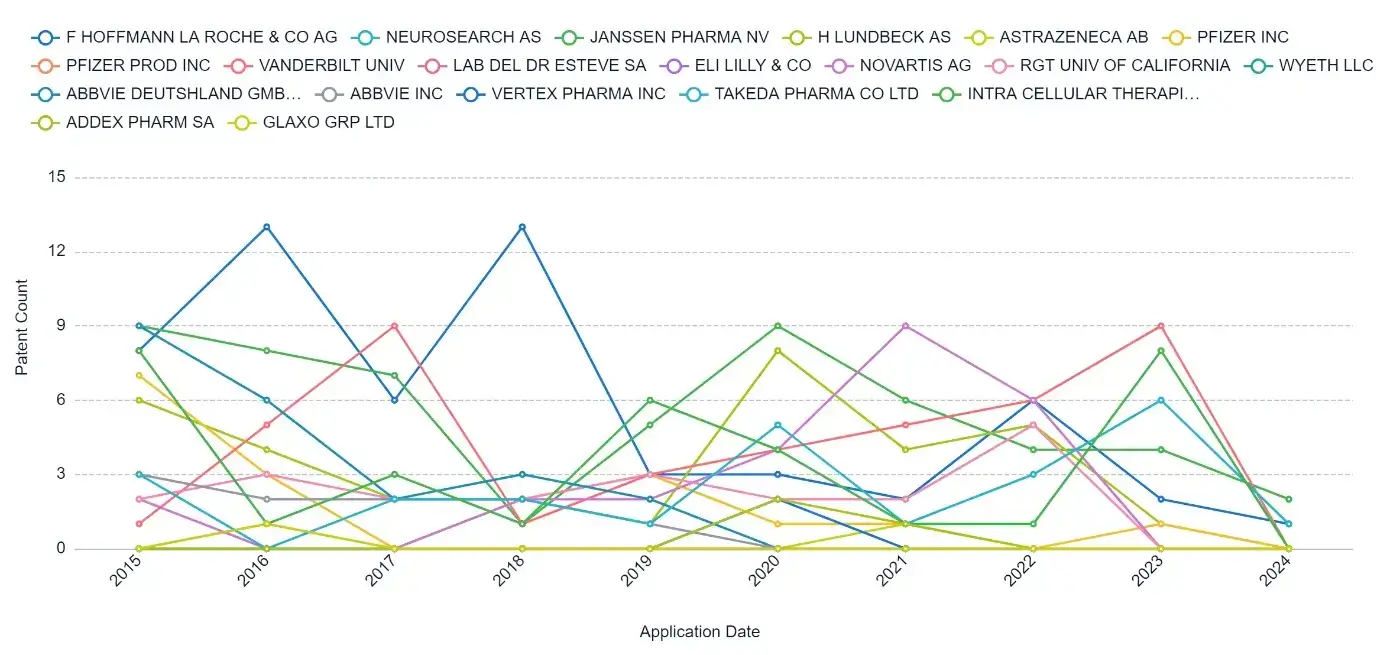
Figure 5 Application trend of the Standard Current Assignees (last 10 years)
This report on Bipolar Disorder forecasts forthcoming advancements, delineates avenues for expansion, and offers essential insights into market dynamics, encompassing scale, revenue projections, and avenues for growth.
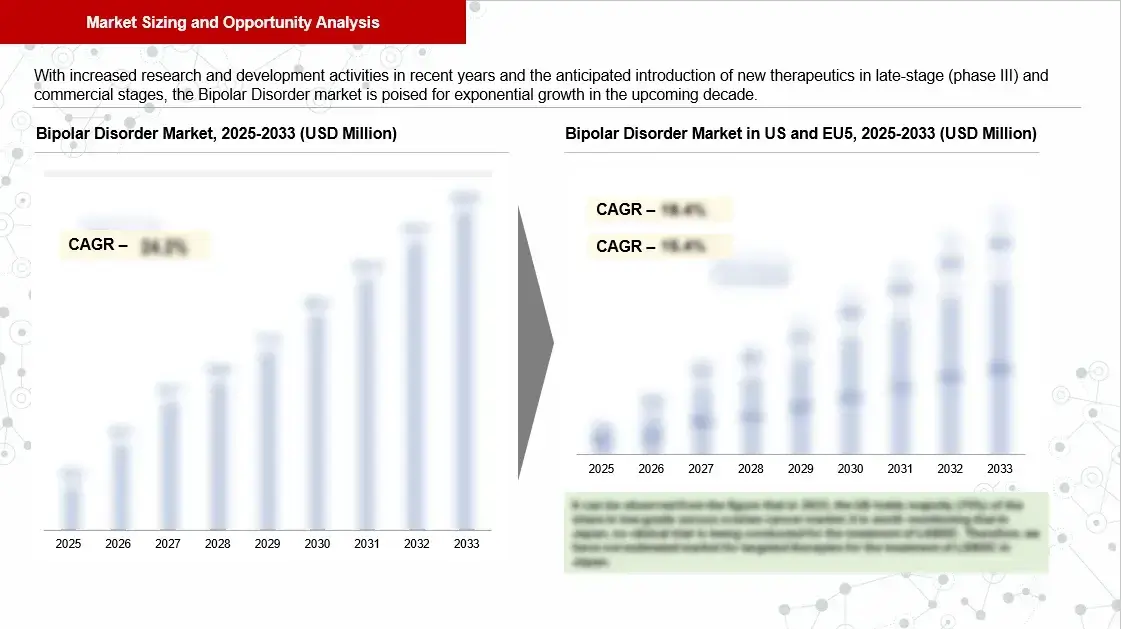
Figure 6 Market Sizing and Opportunity Analysis
The competitive landscape section offers in-depth analysis of key players in the Bipolar Disorder domain, including market shares and concise profiles highlighting strengths, weaknesses, and other strategies. We also provide competitive benchmarking for performance insights and industry standards.
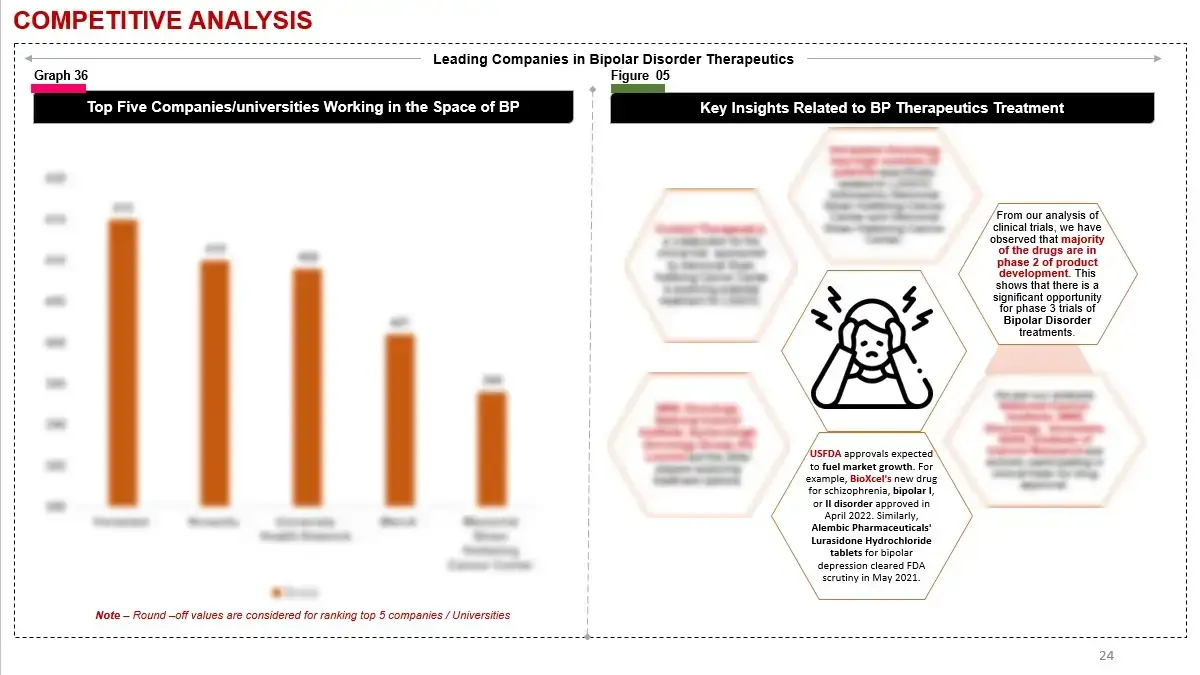
In order to give the most precise estimations and forecasts, Wissen Research uses an extensive and iterative research approach that is focused on reducing deviation. The company blends top-down and bottom-up methodologies for market segmentation and quantitative estimation. In addition, data triangulation, which examines the market from three separate angles, is a recurrent topic present in all of our research studies. Important components of the approach used for all of our studies include the following:
Preliminary data mining
On a wide scale, unprocessed market data is collected. Continuous data filtering makes sure that only verified and authenticated sources are taken into account. Additionally, data is extracted from a wide range of reports in our repository and from a number of reputable premium databases. We gather information from raw material suppliers, distributors, and purchasers to help with this since understanding the entire value chain is crucial for a thorough understanding of the market.
Surveys, technical symposia, and trade magazines are used to gather information on technical concerns and trends. Technical information focusing on white space and freedom of movement is also obtained from an intellectual property standpoint. Additionally, information on the industry’s drivers, constraints, and pricing patterns is obtained. As a result, a variety of original data are included in the material that is then cross-validated and certified with published sources.
Statistical model
We use simulation models to generate our market projections and estimates. Every study receives a special model that is tailored to it. Data for market dynamics, the technology environment, application development, and pricing patterns are gathered and supplied into the model all at once for analysis. The relative relevance of these factors is investigated, and their impact on the forecast period is assessed, using correlation, regression, and time series analysis. The process of market forecasting combines technological analysis with economic strategies, practical business acumen, and subject expertise.
Econometric models are frequently used for short-term forecasting, but technology market models are typically employed for long-term forecasting. These are based on a confluence of the business environment, regulatory environment, economic projection, and technical landscape. In order to develop global estimates, it is preferable to estimate markets from the bottom up by integrating data from key regional markets. This is required to ensure accuracy and a complete comprehension of the subject. Among the variables taken into account for forecasting are:
Regulations and anticipated developments
We give these criteria weights and use weighted average analysis to assess their market influence in order to calculate the anticipated market growth rate.
Data Collection Matrix:
Primary research | Secondary research |
· Manufacturers · Technology distributors and wholesalers · End-user surveys · Consumer surveys | · Company reports and publications · Government publications · Independent investigations · Economic and demographic data · Online searches · Research reviews · Reference customers |
1.Executive Summary and Introduction
1.1 Overview of Bipolar Disorder
1.1.1Definition and Classification
1.1.2 Scope and Methodology
1.2 Key Findings
1.3 Market Insights and Highlights
1.4 Research Background
2.Technological Landscape of Bipolar Disorder
2.1Pathophysiology and Characteristics
2.2 Emerging Technologies in Research
3. Market Dynamics
3.1 Market Drivers and Challenges
3.2 Relevant regulations
4. Patent Analysis
4.1 Top Assignees and Geography Focus
4.2 Legal Status and Assignee Segmentation
4.3 Technology Evolution and Key Patents
4.4 Patent Trends and Innovations
4.5 Key Players and Patent Portfolio Analysis
5. Clinical Trial Analysis
5.1 Overview of Clinical Trials
5.2 Analysis by Registration Year and Phases
5.3 Analysis by Enrollment and Trial Status
5.4 Analysis by Study Design and Intervention
5.5 Analysis by Geography and Key Sponsors
6. Market Forecast (2024-2034)
6.1 Methodology and Assumptions
6.2 Projected Growth and Market Value
6.2.1 Global Bipolar Disorder Market (2024-2034)
6.2.1.1 By Treatment
6.2.1.1.1 Pharmacotherapy
6.2.1.1.1.1 Anti-Convulsants
6.2.1.1.1.2 Antipsychotics
6.2.1.1.1.3 Antidepressants
6.2.1.1.1.4 Others
6.2.1.1.2 Devices
6.2.1.1.3 Psychosocial Interventions
6.2.1.2 By Route of Administration
6.2.1.2.1 Oral Route
6.2.1.2.2 Injectable
6.2.2 Market Value Forecast in USA, EU4 and Asia Pacific (2024-2034)
6.2.2.1 By Treatment
6.2.2.1.1 Pharmacotherapy
6.2.2.1.1.1 Anti-Convulsants
6.2.2.1.1.2 Antipsychotics
6.2.2.1.1.3 Antidepressants
6.2.21.1.4 Others
6.2.2.1.2 Devices
6.2.2.1.3 Psychosocial Interventions
6.2.2.2 By Route of Administration
6.2.2.2.1 Oral Route
6.2.2.2.2 Injectable
7. Competitive Landscape
7.1 Benchmarking Parameters and Scoring
7.2 Company Profiles and Product Portfolio Analysis
7.3 Recent Developments and Strategies
8. Future Outlook and Market Opportunities
8.1 Technological Advancements
8.2 Unmet Needs and Market Gaps
9. Conclusion
10. Appendix
10.1 Glossary of Terms
10.2 List of Abbreviations
S.no | Key Highlights of Report | |
1. | Patent Analysis | · Top Assignees · Geography focus of top Assignees · Assignee Segmentation · Technology Evolution · Key Patents · Application and Issued Trend · Key technologies |
2. | Market Analysis | · Current Treatment Options · Emerging Therapies and Research Developments (by product and research document analysis) · Strategic activities · Therapeutic activity of drugs · Company portfolio · Detailed profiles of the key players that are engaged in the development of approved drugs and devices |
3. | Clinical Trials | · Analysis of clinical trials through graphical representation · Coverage of treatments from pre-clinical phases till commercialization (also including terminated and completed studies) |
4. | Forecast | · Detailed comprehension of the historic, current and forecasted trend of market by analysis of impact of these treatments on the market |
5. | Opportunity Analysis | · Technology evolution based on problem solution · Potential licensees · Treatment trends · Unmet needs · SWOT · Drivers and barriers |
6. | KOLs | · A detailed analysis and identification of the Key Opinion Leaders (KOLs), shortlisted based on their contributions |
LIST OF FIGURES
Figure number | Description |
Figure 1 | Terminology of Bipolar Disorder Over The Years |
Figure 2 | Bipolar Disorder– History and Present |
Figure 3 | Projection of Bipolar Disorder till 2034 in different geographies |
Figure 4 | Technology Categorization For Bipolar Disorder therapies |
Figure 5 | Recent Technology Trends in Bipolar Disorder therapies |
Figure 6 | Technology Evolution in Bipolar Disorder therapies |
Figure 7 | Geographical Distribution of Patents of Top Assignees |
Figure 8 | Assignee Segmentation (Companies) |
Figure 9 | Assignee Segmentation (Educational Establishment) |
Figure 10 | Patent Based Key Insights Of xx |
Figure 11 | Patent Based Key insights of xx |
Figure 12 | Patent Based Key insights of xx |
Figure 13 | Geographic Distribution of the Universities/Research Organizations Filling Patents On Various Technology advancements |
Figure 14 | Key Summary Regarding the Patent Filing On Bipolar Disorder |
Figure 15 | Product Pipeline of Different therapeutic approaches with Companies Name |
Figure 16 | Portfolio for Government Approved Hepatic medications |
Figure 17 | Key Growth Drivers for Bipolar Disorder Market |
Figure 18 | Restraints for Bipolar Disorder Market |
Figure 19 | xx Portfolio (Top Player) |
Figure 20 | xx Portfolio (Top Player) |
Figure 21 | xx Portfolio (Top Player) |
Figure 23 | xx Portfolio (Top Player) |
Figure 24 | xx Portfolio (Top Player) |
Figure 25 | xx Portfolio (Start-up) |
Figure 26 | xx Portfolio (Start-up) |
Figure 27 | xx Portfolio (Start-up) |
Figure 28 | Strategic Activities Including Collaboration, Partnerships and Acquisitions |
Figure 29 | Research Methodology for Patent, Selection and Analysis |
LIST OF GRAPHS
Graph number |
Description |
Graph 1 | Problem Solution Analysis |
Graph 2 | Top Assignees in Bipolar Disorder treatment therapy |
Graph 3 | Technology Focus of Top Assignees (IPC-CPC Classes) |
Graph 4 | Top Countries of Origin of Patents |
Graph 5 | New entrants in Bipolar Disorder field |
Graph 7 | Legal Status |
Graph 8 | Most Cited Patents |
Graph 9 | Patents with Largest Invention Families |
Graph 10 | Most Claim-Heavy Patents |
Graph 11 | Filing Trends |
Graph 12 | Weighted Scores for Top xx Players According to Benchmarking Criteria |
Graph 13 | Bipolar Disorder (CAGR: 2024-2034) |
Graph 14 | Bipolar Disorder Market Share: Distribution by Key Geographical Area, 2024-2034 |
LIST OF TABLES
Table number | Description |
Table 1 | Parameters included and excluded for conducting the analysis |
Table 2 | Technology Classes with Definitions |
Table 3 | Patent Litigation |
Table 4 | Highest Market Valued Patents |
Table 5 | SWOT Analysis of Top 3 Players |
Table 6 | Parameters and their score for Benchmarking |
Table 7 | Weighted scores for top 5 players according to benchmarking criteria |
Please Subscribe our news letter and get update.
© Copyright 2024 – Wissen Research All Rights Reserved.